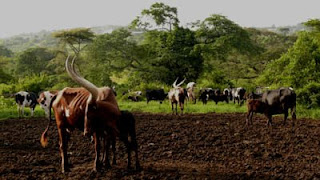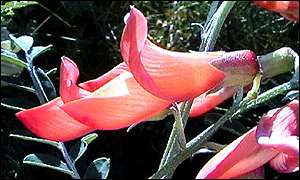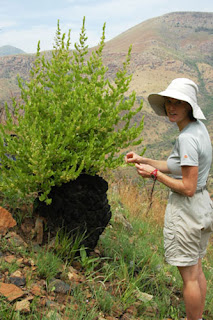UGANDA | 1000 Acre Botanical Greenhouse

1000 ACRE BOTANICAL GREENHOUSE Uganda - Land of Milk and Honey In the capital of Sudan, Khartoum the White Nile meets with the Blue Nile in dramatic fashion as the poets call it, “the longest kiss in history” but rather than searching for passion and conflict my curiosity took me further down the African map to the origins of Man. If all Mankind came from Africa, then surely we must have all originated from the source of the Nile? The source of the White Nile starts to rise in Lake Victoria near a village called Jinga or some call Ginga in Uganda. It is from these parts of the world that scientists have, for decades, been searching for cures for TB, asthma, HIV and blood related cancers. It is my understanding, that even today, Ugandan mothers take their newly born children down to the banks and plaster the mineral rich mud all over the bodies of their babies. This ritual is performed in order to protect the children from leprosy, tuberculosis and to boost the child’s immune system. Th


